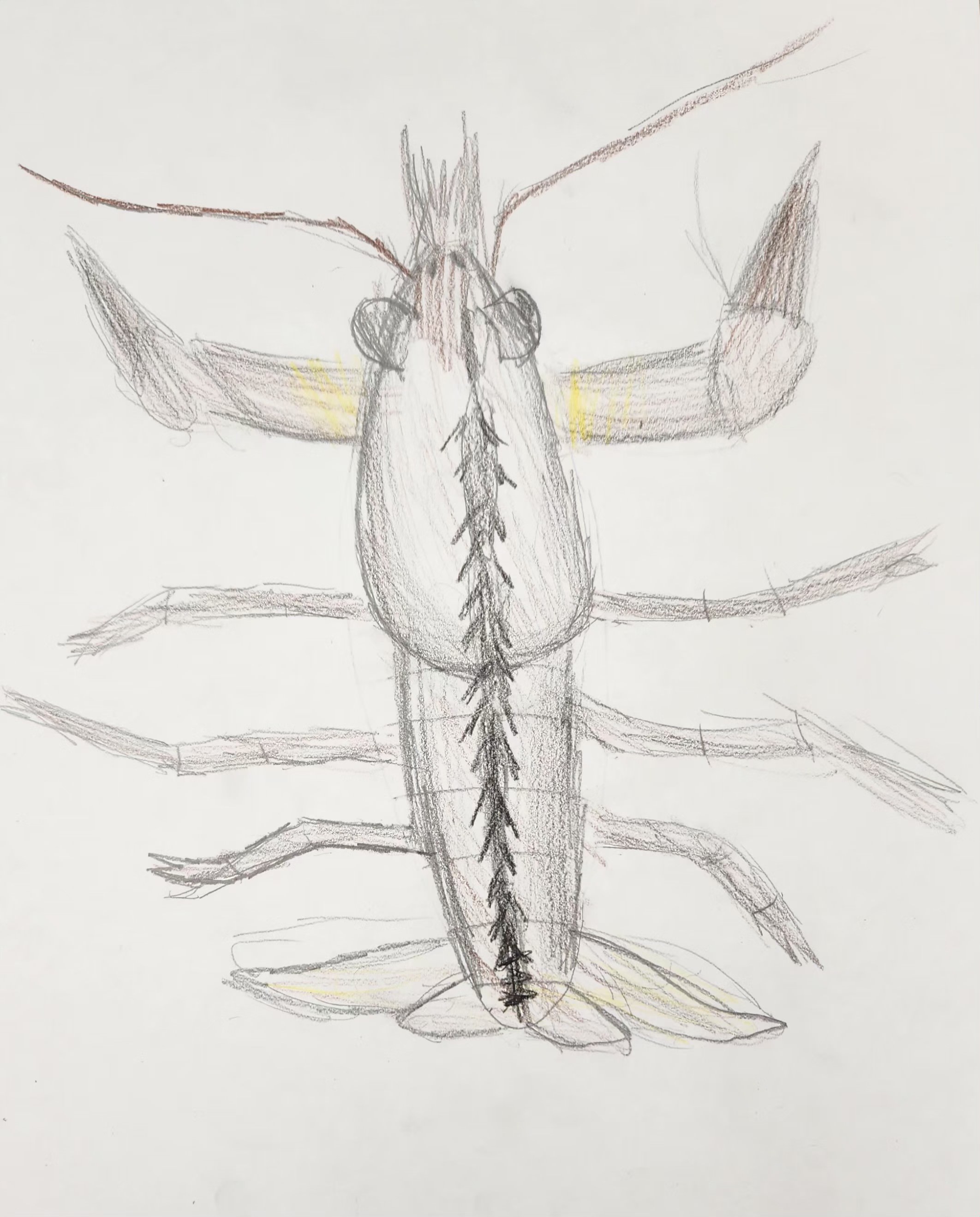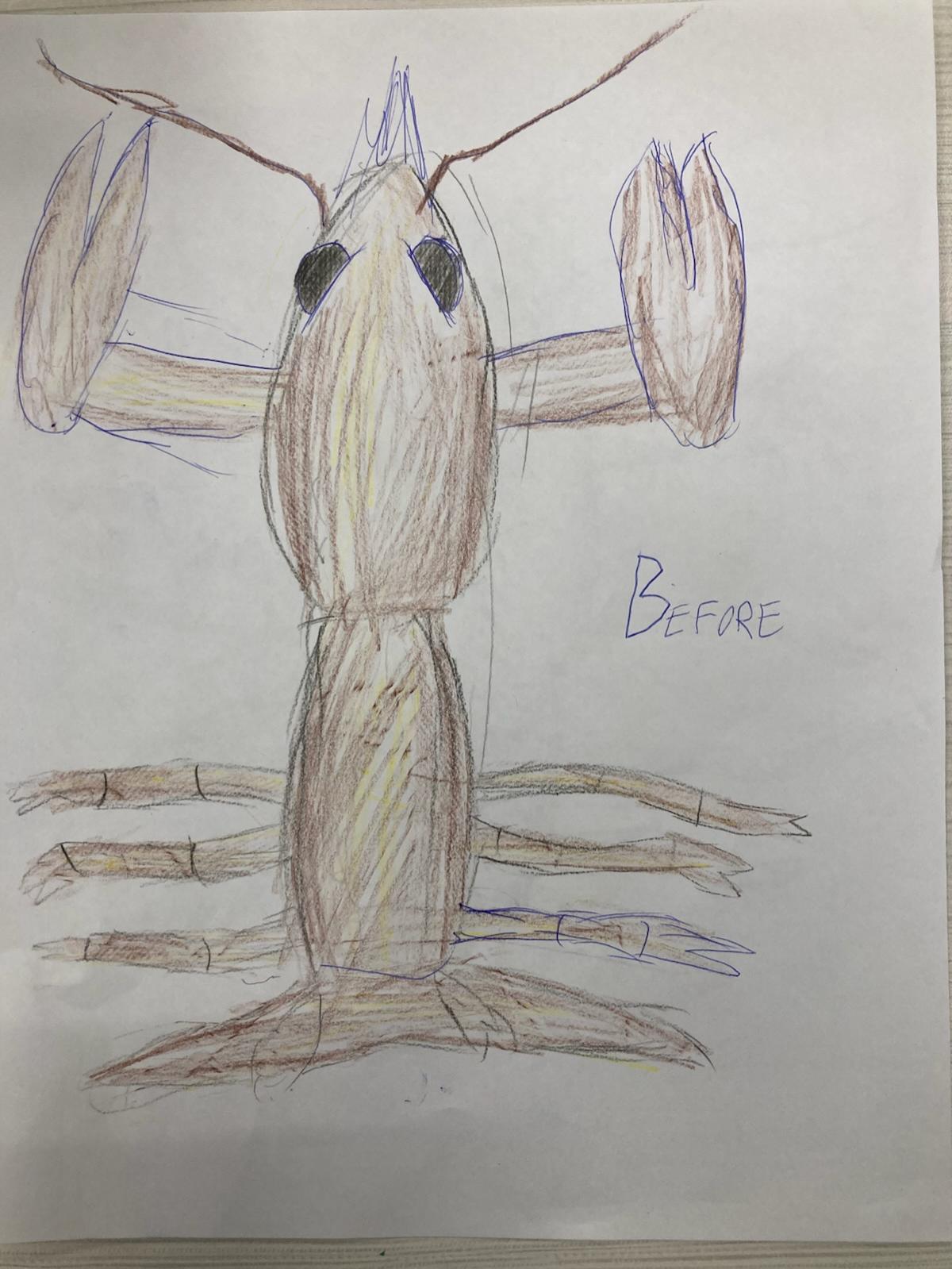Due to a future surge of acid rain from climate change, crawfish have adapted to grow stronger exoskeletons and have vertebrae. Global warming is an important environmental issue that imposes a great risk on animal species survival. Due to the changing environmental dynamics, millions of species in the near future will have to adapt or go extinct. One such example might be the crayfish, a small freshwater crustaceans which can live in tropical climates. One of the biggest threats to crayfish populations worldwide is acid rain, which can enter rivers and corrode their weak exoskeleton. Air pollution will exacerbate acid rain which causes two key crayfish adaptations: acid resistant exoskeleton and vertebrae development. Both features help crayfish survive on river with increased acidity, not only keeping their exoskeleton from collapsing, but increasing their mobility to escape predators
Contact us
Thank you for your interest in contacting Future Engineers. We look forward to connecting with you!
General Inquiries
support@futureengineers.orgSponsorship Inquiries
sponsor@futureengineers.org

